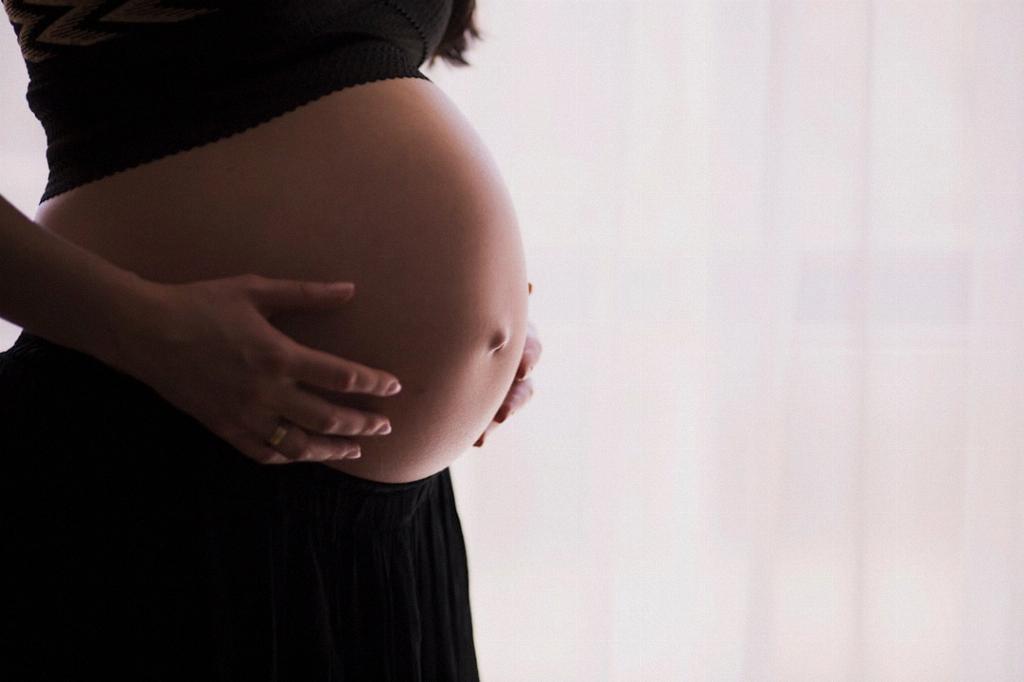During pregnancy, many women who have had a previous C-section may wonder whether their old scar can open up again. The answer to this question is that it is possible, although rare, for an old C-section scar to reopen during pregnancy. This occurrence is known as uterine dehiscence, which involves the scar from a previous C-section opening slightly.
While uterine dehiscence may not necessarily lead to serious complications on its own, it does increase the risk of uterine rupture. Uterine rupture is a more severe condition that involves a tear in the wall of the uterus. This can pose significant risks to both the mother and the baby and may necessitate immediate medical attention.
Factors that may influence the likelihood of an old C-section scar opening during pregnancy include the type of incision made during the previous C-section, the time elapsed since the initial surgery, and the presence of certain risk factors such as multiple previous C-sections or a history of complications in past pregnancies.
It is essential for women who have had prior C-sections and are currently pregnant to be aware of the potential risks associated with uterine dehiscence and uterine rupture. Close monitoring by healthcare providers throughout the pregnancy can help detect any signs of complications early on and facilitate prompt intervention if needed.
Typically, symptoms of uterine dehiscence or rupture may include sudden or severe abdominal pain, abnormal vaginal bleeding, changes in fetal heart rate patterns, and signs of maternal distress. Any woman experiencing these symptoms during pregnancy should seek immediate medical attention to determine the cause and appropriate course of action.
While the risk of an old C-section scar opening during pregnancy exists, it is crucial to remember that most women who have had previous C-sections go on to have successful subsequent pregnancies without experiencing complications related to scar issues. However, vigilance and communication with healthcare providers are key to ensuring the best possible outcomes for both mother and baby.
If a woman with a history of C-section is considering a vaginal birth after cesarean (VBAC) for her current pregnancy, the risks and benefits should be thoroughly discussed with her healthcare team. Factors such as the location and condition of the old scar, as well as the overall health of the mother and baby, will be taken into account when determining the safest mode of delivery.
Ultimately, the decision regarding the delivery method should be individualized based on each woman’s unique circumstances and preferences, with the goal of maximizing the chances of a safe delivery for both mother and baby. Open communication with healthcare providers and an understanding of the potential risks involved can help empower women to make informed decisions about their pregnancy and delivery care.
In conclusion, while it is possible for an old C-section scar to open during pregnancy, the occurrence is relatively rare and can often be managed with appropriate medical intervention. Women who have had previous C-sections should be vigilant about monitoring for signs of complications and should maintain open communication with their healthcare providers throughout the pregnancy to ensure the best possible outcomes for themselves and their babies.

